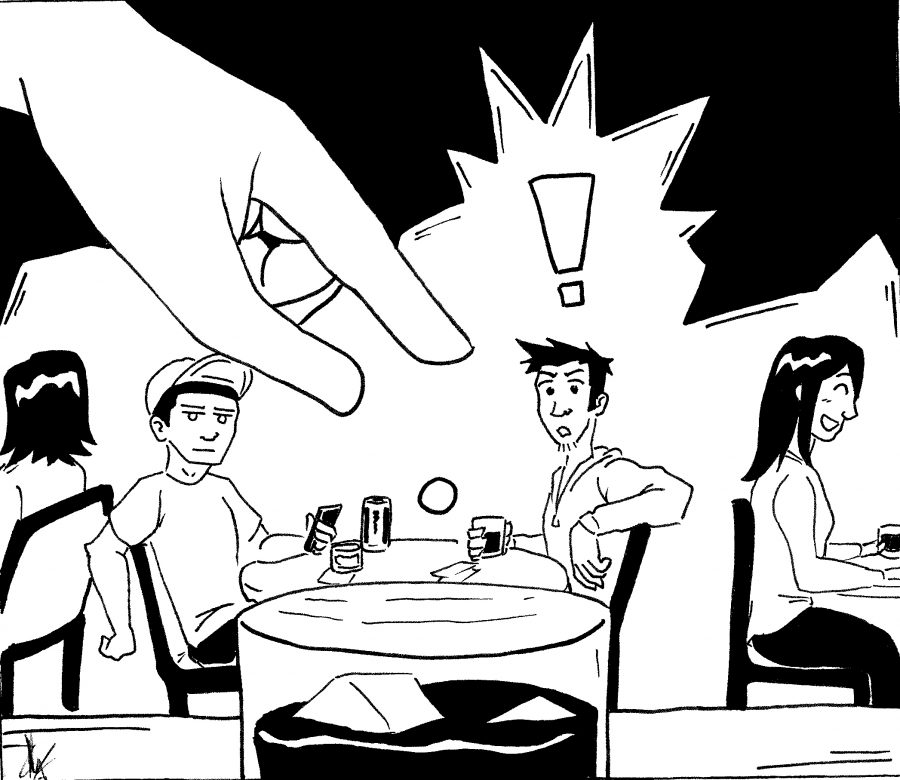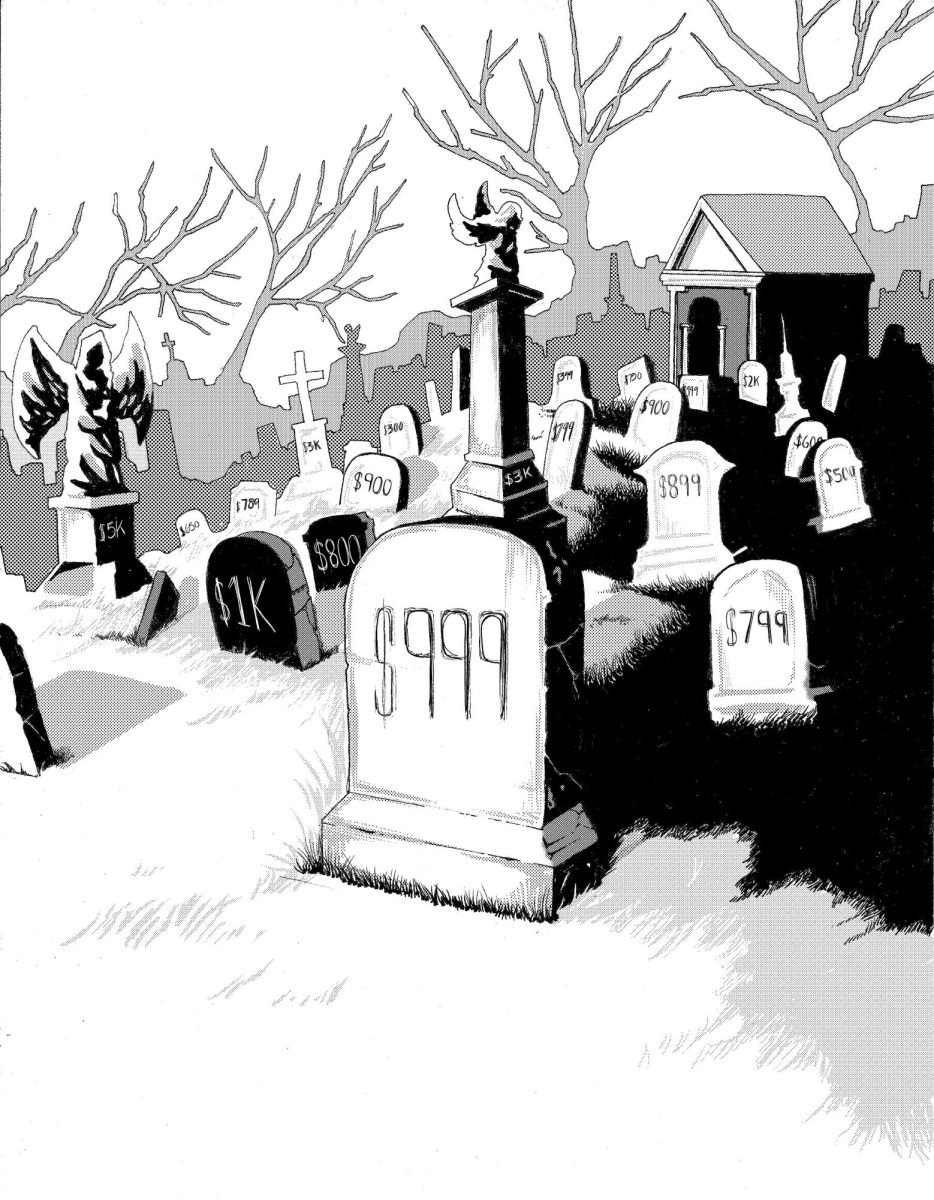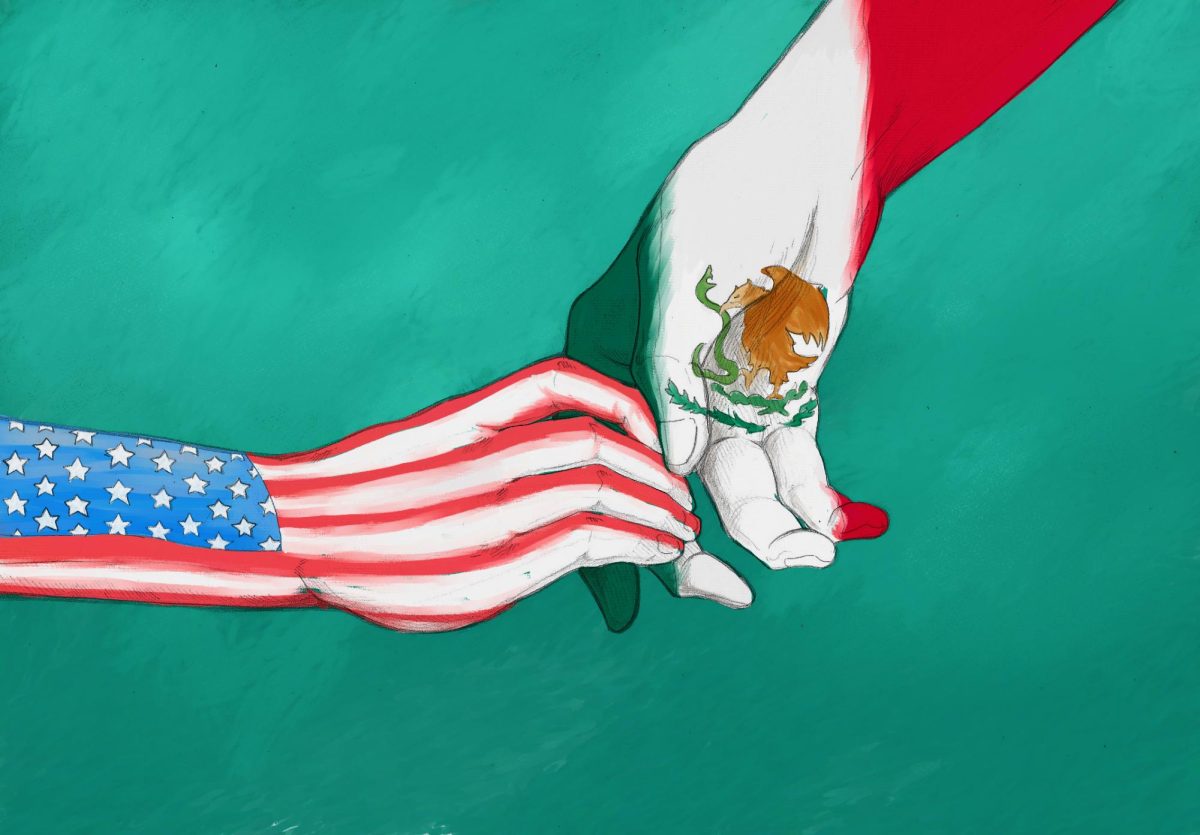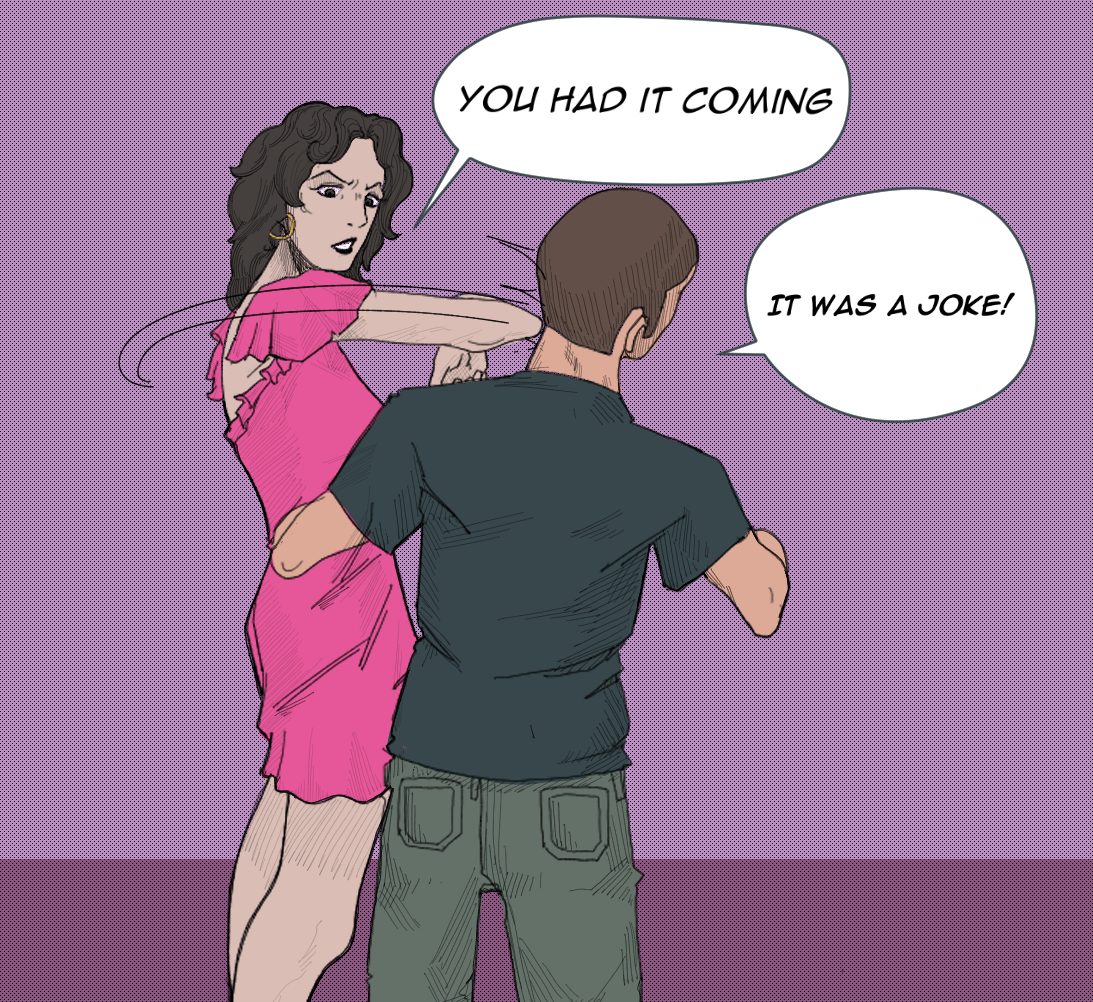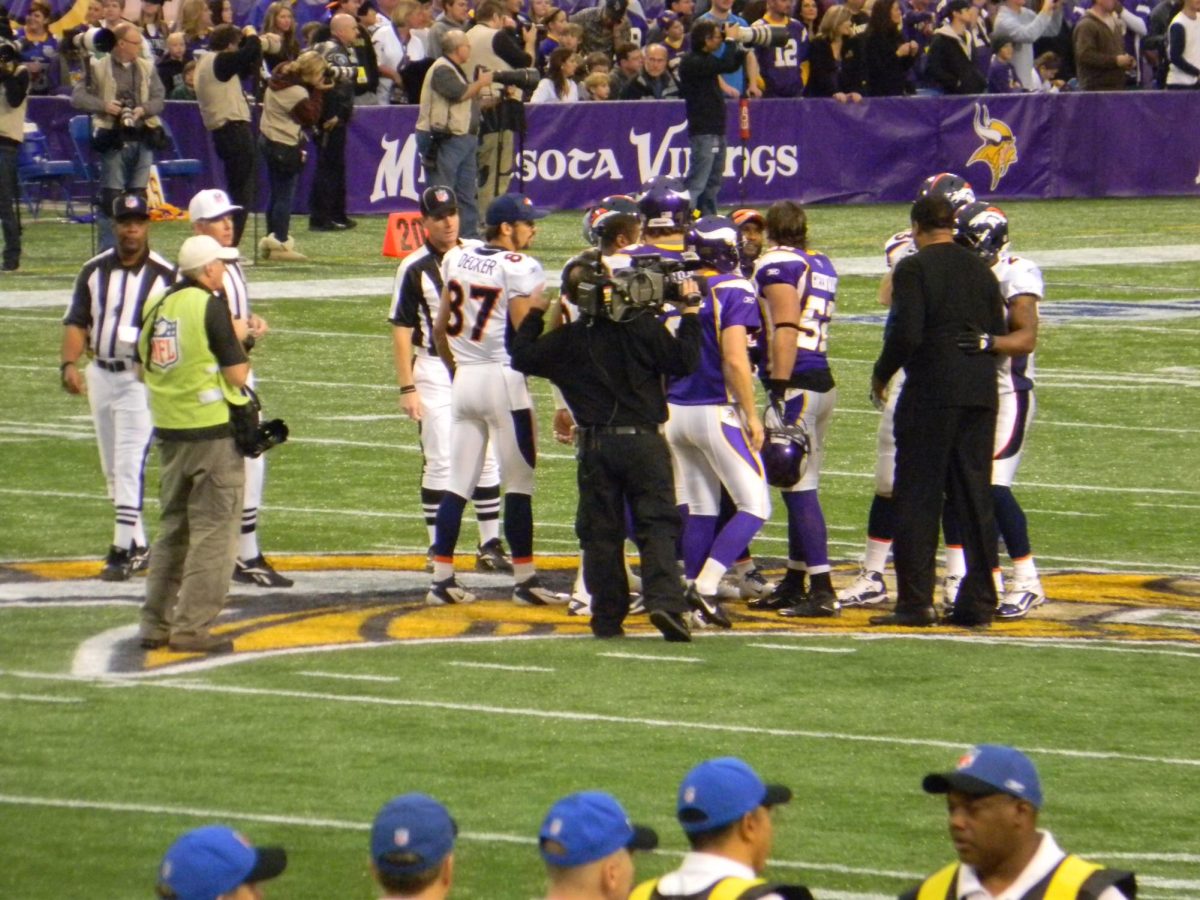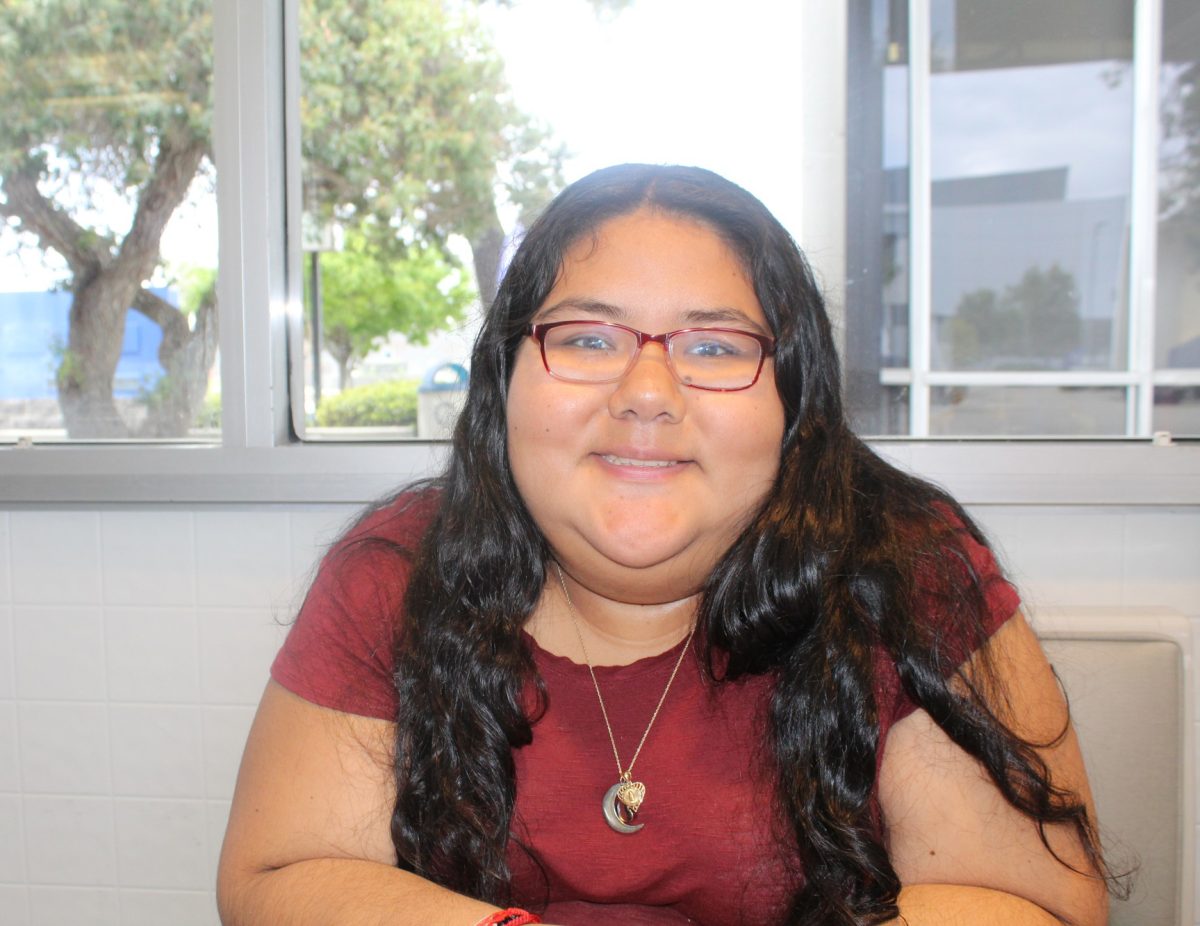Whether it is one cup of vodka on the rocks or three Jack and Cokes, it is well known that college students drink.
They either drink themselves into oblivion on a Friday night, or have the occasional glass of wine at a restaurant.
One thing is certain though; these alcoholic beverages are beneficial to the sick predator who is looking to take advange of the unsuspecting.
Alcohol alone is not the issue, but in the hands of the wrong person is problematic and dangerous.
According to the National Institute on Alcohol Abuse and Alcoholism, approximately 97,000 students ages 18-24 have reported alcohol-related sexual assault or date rape.
The same organization also revealed that approximately 696,000 students ages 18-24 are assaulted by another student who was also drinking.
The public tends to go the victim-blaming route which is lazy, uninformed, and reserved for the conservative who still refers to sexually empowered women as sluts.
Regulating alcohol at schools or the money hungry bars adjacent to colleges is important, but teaching consent at an early age, while also discussing hyper masculinity will likely reduce the amount of cases reported.
A NIAAA report states, “Alcohol contributes to sexual assault through multiple pathways, often exacerbating existing risk factors. Beliefs about alcohol’s effects on sexual and aggressive behavior, stereotypes about drinking women, and alcohol’s effects on cognitive and motor skills contribute to alcohol-involved sexual assault.”
It goes on to say that it is never the survivor’s fault; it is the sole responsibility of the perpetrator.
It is not just about alcohol, it is about entitlement and the “boys will be boys” mentality.
The equation of alcohol + individual does not equal rape.
Sexual assault is not the result of a couple of college bros having a night of drinking; it is the result of power and control that is programmed since childhood.
As a society, we need to change our outlook and start teaching children, young adults, and those around us about gender equality, the importance of “yes mean yes” and speaking up when witnessing sexual violence.
Oftentimes, the bystander’s reaction is suppressed by fear, shock, or assuming that someone else will make the call.
During an emergency, a bystander’s mistake of assuming someone else will make the call to authorities will not consider that other bystanders will think the same thoughts, which will, in turn jeopardize the victim’s chance of surviving.
Kitty Genovese is a perfect example of this phenomena. In 1964, a woman was raped and repeatedly stabbed.
A total of 38 neighbors did nothing but witness and hear the incident.
A neighbor finally decided to call 911, while Kitty’s neighbor Sophia Farrar, consoled her while the police arrived.
The bystander effect is also named the Genovese Syndrome due to a lack of by-stander involvement when a situation occurs.
According to sexualityandu.ca, most of these crimes go unreported.
It is necessary to teach about the bystander effect, the notion that when there is more than one person witnessing an emergency, people tend to not react or push responsibility onto others.
Also, teach that it is unjust to assume that others have already made a fateful call that can save the life of another.
Colleges should have a class specifically focused on the culture they house.
Cerritos College offers a program named Project SAFE, which discusses dating and domestic violence, sexual assault and stalking.
The program hosts a series of workshops each semester on a variety of subjects and also offers a plethora of sociology courses where these subjects are discussed.
The choice starts with each individual. If a college student became more mindful of his/her surroundings when drinking alcoholic substances, the level of awareness makes the likelihood of predator attacks minimal and also forms a tighter bond withing the community.
So many people (students included) are afraid of becoming involved in someone else’s problems or causing a bigger scene, but they fail to realize that by doing so, they can save lives.
College students will drink no matter the circumstances, but if they watch for each other, they reduce the liklihood of assault.


